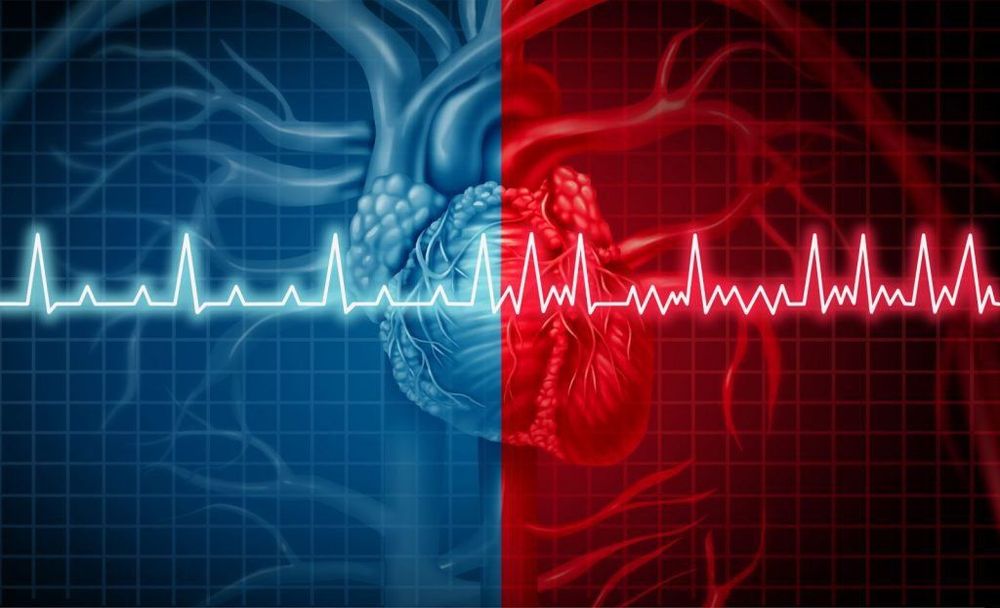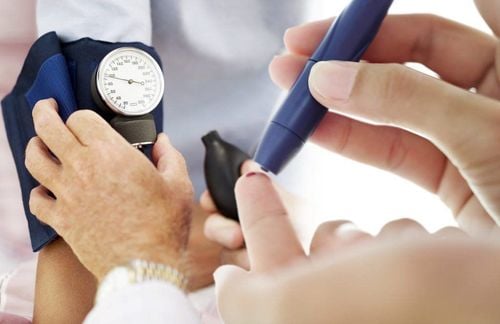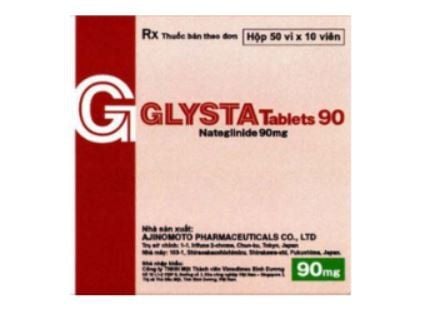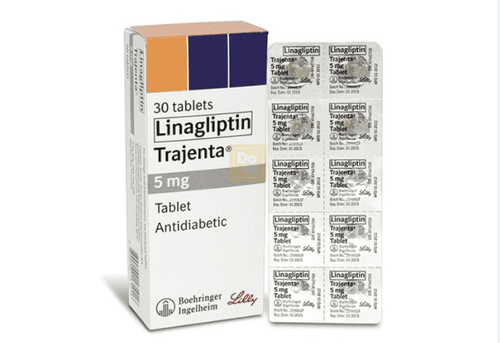This is an automatically translated article.
Sotalol is used to treat irregular heartbeats. Sotalol belongs to the class of antiarrhythmic drugs. It works by acting on the heart muscle to improve heart rate. Sotalol comes in pill form. Sotalol (Betapace) is usually taken twice a day and sotalol (Betapace AF) is usually taken once or twice a day. The following article will provide information about the uses, indications and notes when using Sotalol.Sotalol controls your irregular heartbeat but does not cure it. Continue taking sotalol even if you feel well. Do not stop taking sotalol without first talking to your doctor. If sotalol is stopped suddenly, it can cause chest pain or a heart attack. Take sotalol consistently, with or without food with each drink. Follow the directions on your medicine label carefully and ask your doctor or pharmacist to explain any part that you do not understand. Do not take more or less or take it more often than prescribed by your doctor.
1. Things to know about sotalol
Sotalol belongs to a group of drugs called beta blockers. It is used to treat atrial fibrillation and other conditions that cause an irregular heartbeat. This medicine is available by prescription only.Sotalol slows your heart rate and makes it easier for your heart to pump blood around your body. The first dose of sotalol may make you feel dizzy, so take it before bed. Then, if you don't feel dizzy, you can drink it in the morning. You should usually take sotalol once a day, in the morning - or twice a day, in the morning and in the evening. The main side effects of sotalol are feeling dizzy or light-headed, feeling tired, diarrhea or headache - these effects are usually mild and last for a short time. You are more likely to have side effects if you are using sotalol in too high a dose. 2. Who can and cannot take sotalol Adults and children over 12 years old can take Sotalol. Children under 12 years of age can also take this medicine, but only as directed by a doctor.
To make sure you are taking this medicine safely, talk to your doctor before you start taking sotalol if you have ever:
Have ever had an allergic reaction to sotalol or any other medicine Low blood pressure or slow heart rate Have heart failure that is getting worse, heart disease, or have recently had a heart attack Any problems with your kidneys Overactive thyroid (hyperthyroidism) - sotalol can make it difficult for you to recognize the warning signs of too much thyroid hormone in the body (thyrotoxicosis) Severe blood circulation problems in the limbs (such as Raynaud's phenomenon), which can make your fingers and toes you tingle or turn pale or blue Metabolic acidosis - when too much acid is in your blood Lung disease or severe asthma Severe diarrhea

Thuốc Sotalol được sử dụng để điều trị rung tâm nhĩ và các tình trạng khác gây ra nhịp tim không đều
3. How and when to take sotalol?
Patients should usually take sotalol once or twice a day. The doctor may advise patients to take their first dose at bedtime, as it may make them feel dizzy. After the first dose, if the patient does not feel dizzy, the patient can take sotalol in the morning. If prescribed twice a day, try to take it in the morning and evening.3.1. Dosage The usual dose of sotalol is between 80mg and 320mg a day. If you feel an irregular heartbeat several times a day, your doctor may prescribe a higher daily dose of up to 640mg.
If the patient is older or has kidney problems, the doctor may give them a lower dose.
The patient can take sotalol with or without food, but it is best to take it the same way at the same time each day. Swallow the tablet whole with water. Some brands have dividing lines to help the patient break the pill to make it easier to swallow.
3.2. What to do if you miss a dose of sotalol If you miss a dose of sotalol, take it as soon as you remember, unless it is almost time for your next dose. In this case, simply skip the missed dose and take your next dose as usual. Do not take 2 doses at the same time. Never take an extra dose to make up for a missed dose.
If you often miss doses, setting an alarm to remind you can be a helpful way. You can also ask your pharmacist for advice on other ways to help you remember to take your medicine.
3.3. What to do if you take too much sotalol Taking too much sotalol can slow your heart rate and make it difficult to breathe. It can also cause dizziness and tremors. The amount of sotalol likely to lead to an overdose varies from person to person.

Nếu không cảm thấy chóng mặt, người bệnh có thể uống sotalol vào buổi sáng
4. Sotalol side effects
Like all medicines, sotalol can cause side effects in some people but many people have no or only mild side effects. Side effects usually improve as your body gets used to the medication.4.1. Common side effects These common side effects usually occur in more than 1 in 100 people. They are usually mild and short-lived and include:
Headache Feeling tired, dizzy or weak Cold hands or feet Feeling nauseous, vomiting Diarrhea 4.2. Serious side effects Serious side effects that are rare, but cannot be ruled out, include:
Shortness of breath with cough, worsening with exercise (such as walking up stairs), ankles swollen legs or feet, chest pain, irregular heartbeat - these could be signs of heart problems Shortness of breath, wheezing and chest tightness, this is a sign of lung problems Palpitations and tingling, numbness or cramping in your arms and legs - these are signs of low potassium or magnesium levels Feeling very thirsty and sweating a lot for no apparent reason - these could be signs signs of low or high blood sugar (hypoglycemia or hyperglycemia).
5. How to deal with side effects
Headache - make sure you rest and drink plenty of water. Don't drink too much alcohol. Ask your pharmacist to recommend a pain reliever for you. Headaches will usually go away after the first week of taking sotalol. Talk to your doctor if your headache lasts more than a week or is severe. Feeling tired, dizzy or weak - if sotalol makes you feel dizzy or weak, stop what you are doing and sit or lie down until you feel better. Do not drive or use tools or machines if you are feeling tired. Don't drink alcohol because it will make you feel worse. Cold hands or feet, place your hands or feet under warm running water, then massage them and shake your fingers and toes. Don't smoke or drink caffeinated beverages as these can make your blood vessels narrow and restrict blood flow. Smoking also makes your skin colder. Try wearing gloves (they are warmer than gloves) and warm socks. Watches or bracelets should not be worn too tightly. Cold or illness (vomiting) - eat simple meals and don't eat spicy foods. Taking sotalol after eating can be very helpful. If you are sick, take small sips of water often. Diarrhea - drinking lots of water or other liquids. Talk to your pharmacist if you have signs of dehydration, such as urinating less than usual or urinating dark, strong-smelling urine. Do not take any other medicines to treat diarrhea without first talking to your pharmacist or doctor.
Đau đầu thường sẽ biến mất sau tuần đầu tiên dùng sotalol
6. Using sotalol for pregnant and lactating mothers
Sotalol is generally not recommended for use by mothers during pregnancy or while breastfeeding. If you are trying to get pregnant or you are already pregnant then talk to your doctor about the possible benefits and harms of taking sotalol.Sotalol passes into breast milk and has been associated with adverse events in breastfed infants. Talk to your doctor, as there are other medications that may be better while you're breastfeeding.
7. Be careful when taking with other drugs
There are a number of drugs that have the potential to interfere with the way sotalol works. Tell your doctor if you are taking:Medicines that can cause an irregular heartbeat - including some antibiotics, such as clarithromycin and erythromycin, and some antidepressants, such as citalopram and amitriptyline Other medicines used to treat irregular heart rhythms, such as amiodarone High blood pressure medicines such as diltiazem and verapamil Medicines that can lower your potassium levels - including those that make you need to urinate, such as furosemide and some steroids, such as prednisolone Medicines for asthma or chronic obstructive pulmonary disease (COPD) Allergy medications include: ephedrine, noradrenaline or adrenaline In the class of antiarrhythmic drugs, sotalol is commonly used to treat irregular heartbeats. In particular, sotalol is also indicated for the treatment of life-threatening ventricular arrhythmias, such as persistent ventricular tachycardia. Sotalol helps slow the heart rate and helps the heart beat more normally and more regularly. They are both beta-blockers and antiarrhythmic drugs.
Please dial HOTLINE for more information or register for an appointment HERE. Download MyVinmec app to make appointments faster and to manage your bookings easily.
Reference sources: webmd.com, nhs.uk, rxlist.com












